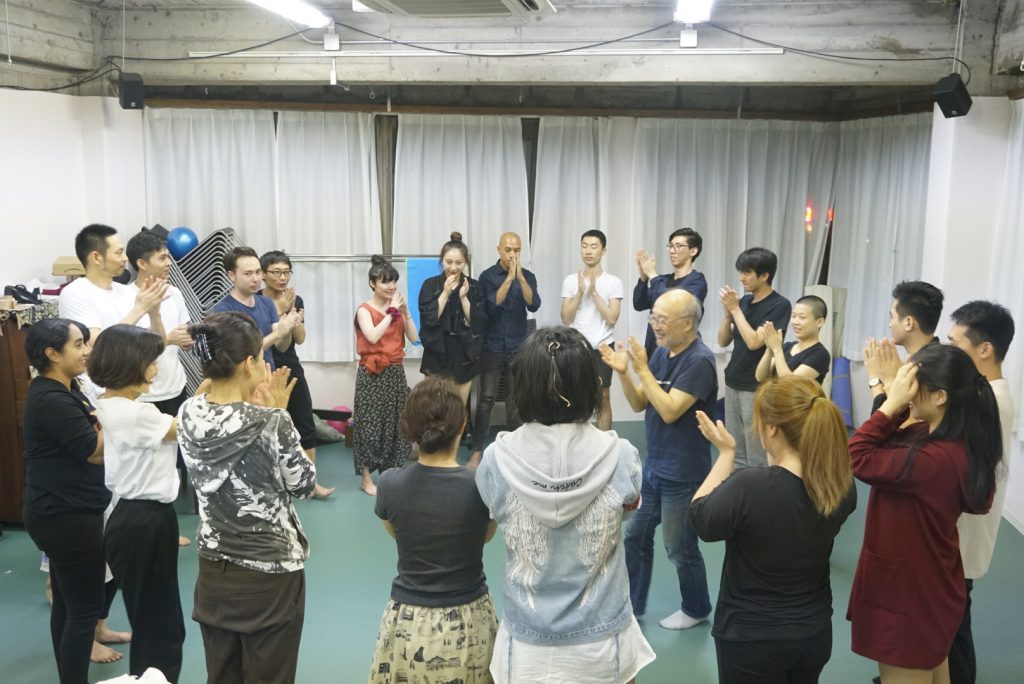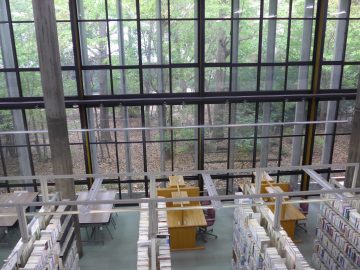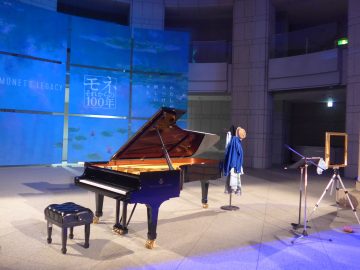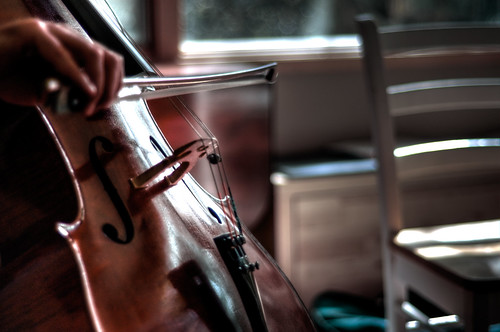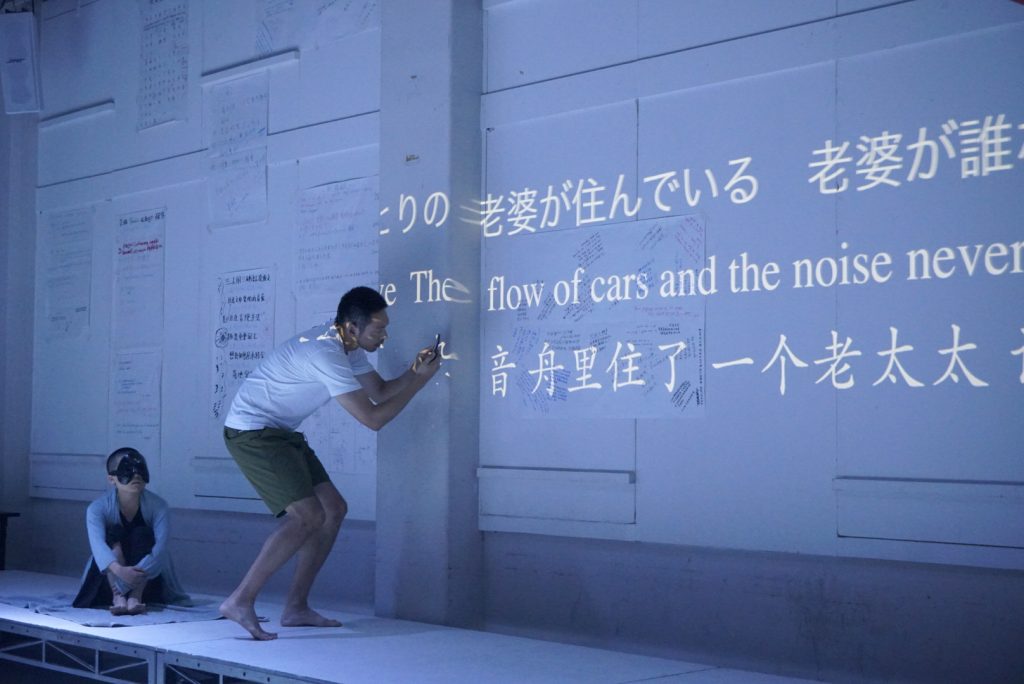
August 29, 2018. Eighteen young people from China, Singapore, and Japan gathered in a small building in Wakabacho, Yokohama. The person who called them together was Sato Makoto, who runs Wakabacho Wharf here. They had come to participate in a 20-day workshop with Liu Xiaoyi, a director he had invited from Singapore. How would these people, who do not speak the same language and have different cultural backgrounds, communicate and create a work? The creative process and intercultural exchange could be said to be the biggest theme of the workshop.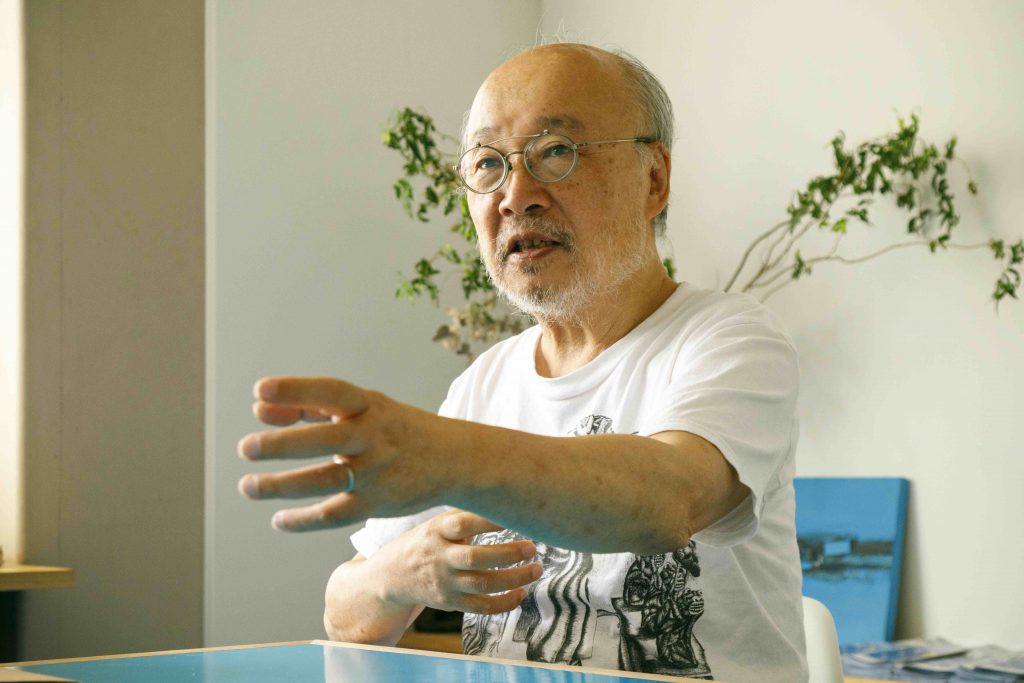 Sato : "I've known Liu since we worked together in Nanjing seven years ago, so I had no worries about Singapore. However, this is the first time we've tried recruiting participants in China. We wanted to get started early because we couldn't predict the response, so we posted on social media in December last year and were surprised by the number of applications we received in just three days."
Sato : "I've known Liu since we worked together in Nanjing seven years ago, so I had no worries about Singapore. However, this is the first time we've tried recruiting participants in China. We wanted to get started early because we couldn't predict the response, so we posted on social media in December last year and were surprised by the number of applications we received in just three days."
In recent years, the development of contemporary drama has been remarkable in China, so much so that it is reminiscent of Japan in the 1960s. With the rise of privately run theaters, the term "independent theater artists" was coined to refer to those who do not belong to state-run theaters, and excellent works are being released one after another.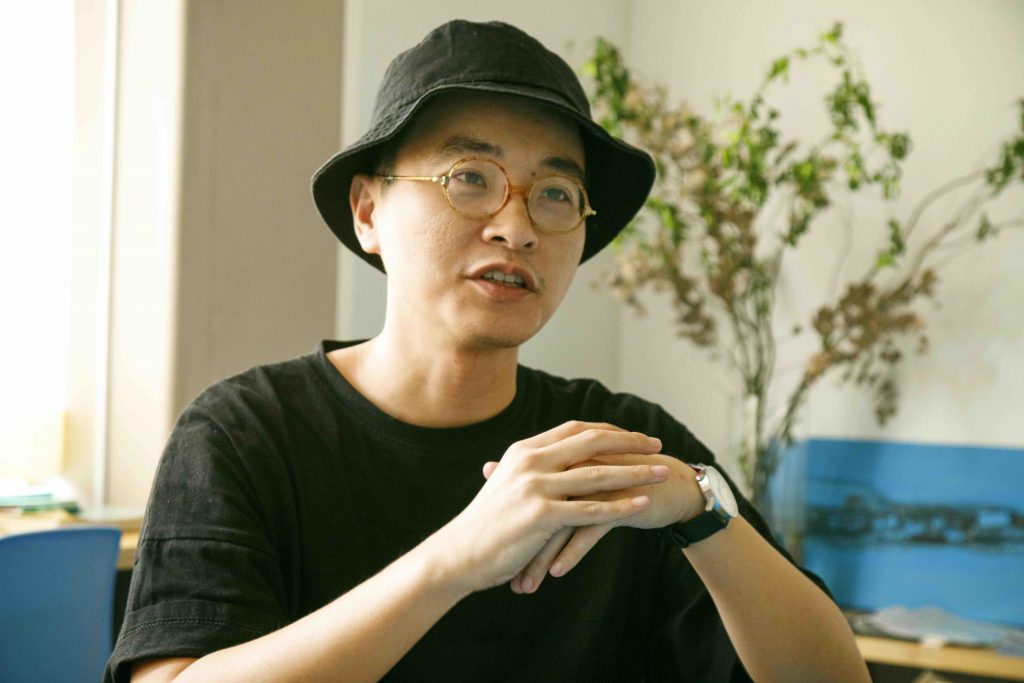
Liu : "What interested me was that Wakabacho Wharf is not just a theater, but a hub for cultural exchange. I've worked with Sato-san on many occasions, but this time it's a little different. People from all over the world will come from all over the world and live together while creating a work. It's truly a case of intercultural exchange. At the moment the environment isn't in place, but I would love to try this in my country, Singapore, one day."
A workshop is a means of solving problems. And the theme to be solved this time is how members who do not speak each other's language can work together to create a work. The languages to be used will be Japanese, English, and Chinese. Naturally, volunteer interpreters will be provided, but they cannot be relied upon entirely for communication in each rehearsal room. Participants will use all possible means, such as translation software on their smartphones and gestures, to aim for mutual understanding.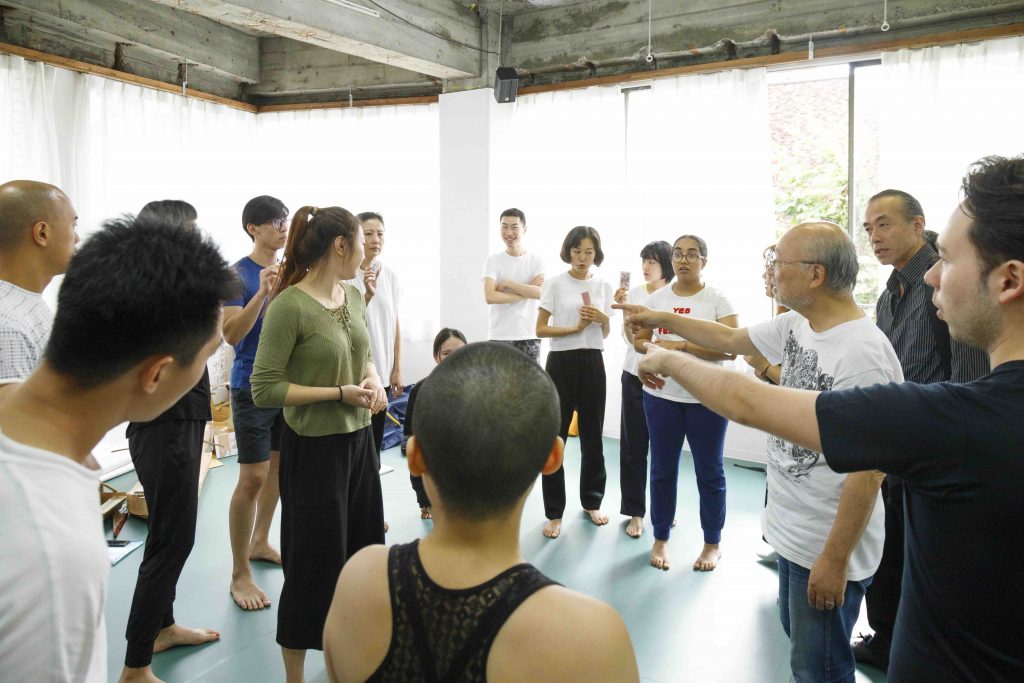 Sato : "The important thing is that each person can speak freely in their own language. Otherwise, even if you call it international exchange, it tends to end up being dominated by people who can speak English. At the starting point, you need words to communicate the concept, but once you actually start creating the work, words are hardly necessary at all. In the first place, even if two Japanese people have a heated debate for an hour, there are cases where you can't say they truly understand each other. I think it's because we can't rely on words that we can communicate the most important issues at a deep level."
Sato : "The important thing is that each person can speak freely in their own language. Otherwise, even if you call it international exchange, it tends to end up being dominated by people who can speak English. At the starting point, you need words to communicate the concept, but once you actually start creating the work, words are hardly necessary at all. In the first place, even if two Japanese people have a heated debate for an hour, there are cases where you can't say they truly understand each other. I think it's because we can't rely on words that we can communicate the most important issues at a deep level."
During the 20 days, the group visited Za Koenji in Tokyo and KAAT (Kanagawa Arts Theatre) in Yokohama, and also held workshops with theater and dance instructors. In the workshop with Noh actor Kanji Shimizu, participants were inspired by Shimizu's improvisational dance and experienced sharing a special space with others.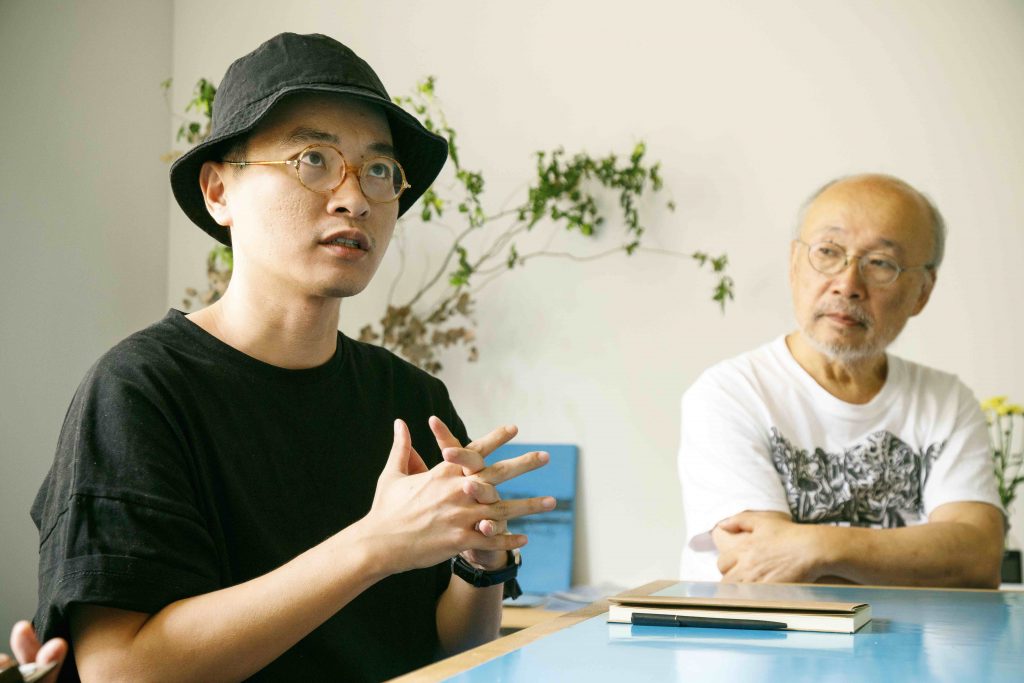
Liu : "At first, we had some conflicts, but I think that wasn't just a matter of language differences; it was also due to the fact that we didn't understand the theatrical language. We may have met through theater, or through art, but there is always a process of "translation" involved.
I think Sato-san is also in a state of trial and error, but I don't think it's just a matter of language. Cultural exchange and exchange of acting are also necessary, so interpretation is necessary in various senses each time. And that is what I find most interesting."
Sato : "The preparations were hard, but once the workshop started, the whole process was fascinating. It was a great learning opportunity not only for the participants, but for me as well."
The Japanese word "teacher" is translated into Chinese as "kyogaku." If you retranslate this, it feels like a word in which "teach" and "learn" coexist, or "teacher" and "manabu." It seems to be saying that teaching is also learning.
As he teaches young people, he internalizes their reactions and continues to learn by developing his own ideas further. Liu says he is attracted to Sato because he can see this very attitude.
Liu : "Cultural exchange takes time. It's difficult to continue in the same environment, and it's a challenge, but I want to continue for a while. Also, a network will be built among the young people who participate, and new things may start to happen. Here, we've been doing nothing but training, so maybe it's starting to make them feel like 'I want to do something more fun' (laughs)."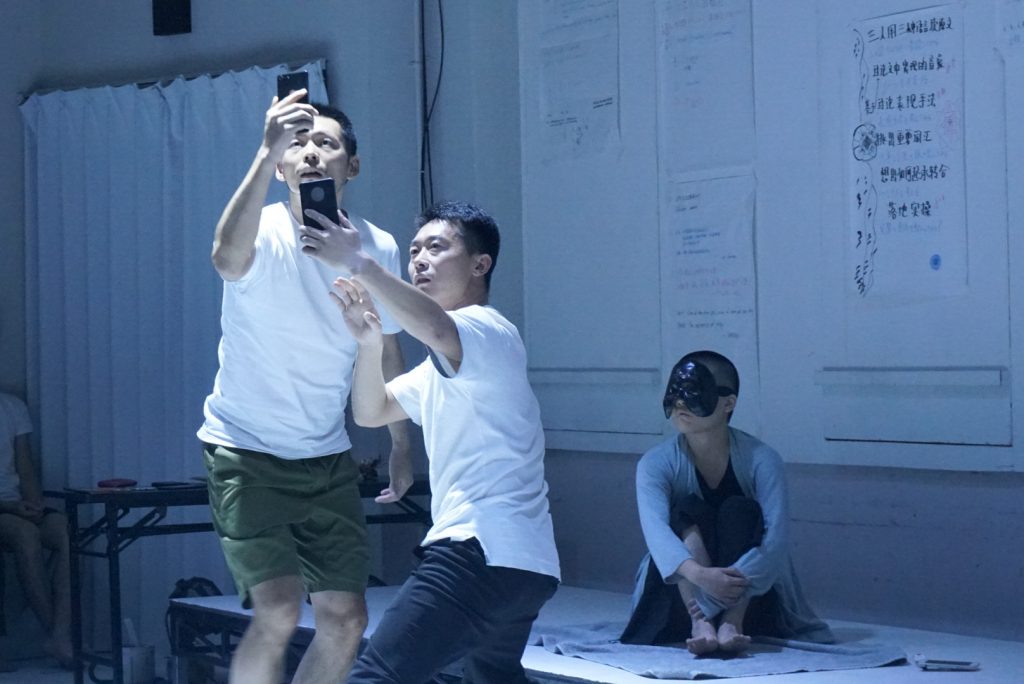 And so came the performance "No Boat in sight" as a comprehensive summary. The performances were held only twice, on Saturday, September 15th and Sunday, September 16th. The small studio at Wakabacho Wharf was filled with the excitement of a full house on both days. With text in three languages projected on the wall as a backdrop, 18 young people attempted to convey to the audience the whereabouts of "Flowers/or Debris at the Bottom of the River" in their own words. They set sail from the open door into their own worlds.
And so came the performance "No Boat in sight" as a comprehensive summary. The performances were held only twice, on Saturday, September 15th and Sunday, September 16th. The small studio at Wakabacho Wharf was filled with the excitement of a full house on both days. With text in three languages projected on the wall as a backdrop, 18 young people attempted to convey to the audience the whereabouts of "Flowers/or Debris at the Bottom of the River" in their own words. They set sail from the open door into their own worlds.
During the curtain call, they sang a song that had spontaneously come to mind during the 20 days they had spent together, living and eating together. They spoke in Japanese, English, Chinese, and Tamil. Overcoming the frustration of not being able to communicate with each other, they used gestures and smartphone apps to talk earnestly about environmental issues and the state of the world, and now the curtains came down on that moment.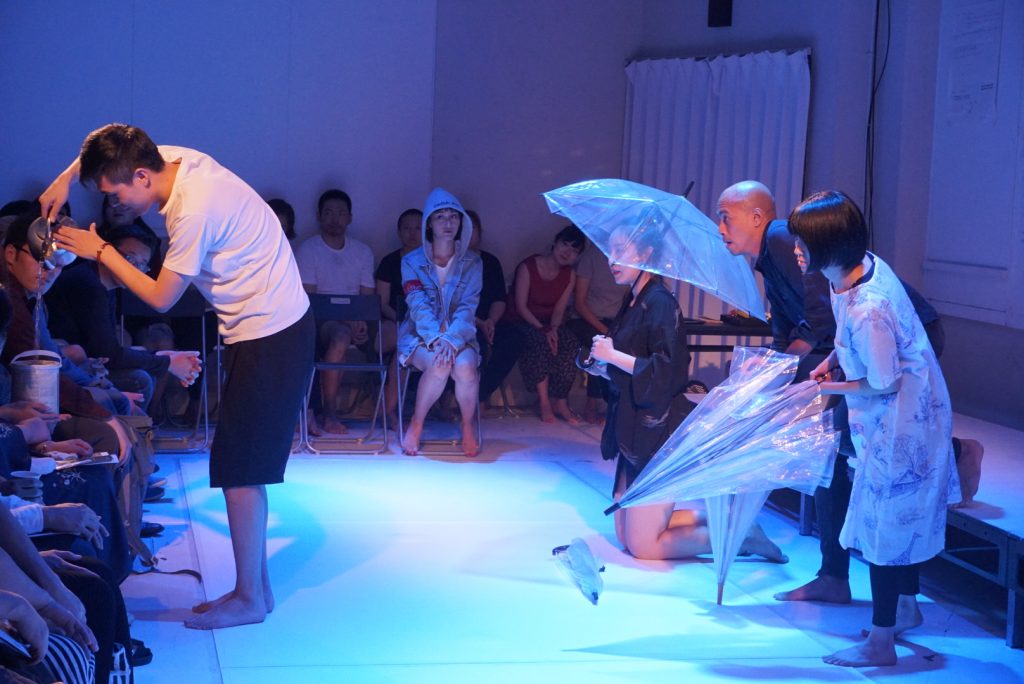 Sato : "You don't know what the meaning of what you're doing is while you're in the middle of this process. It happens all over the place that people instantly become friends the moment they meet. But we have to become friends and then take that one step further. In the process, there are times when you can't understand each other and it's hard. Living together for two weeks can be extremely stressful, but this time the students were incredibly motivated, so I think they were able to resolve a lot of stress on their own."
Sato : "You don't know what the meaning of what you're doing is while you're in the middle of this process. It happens all over the place that people instantly become friends the moment they meet. But we have to become friends and then take that one step further. In the process, there are times when you can't understand each other and it's hard. Living together for two weeks can be extremely stressful, but this time the students were incredibly motivated, so I think they were able to resolve a lot of stress on their own."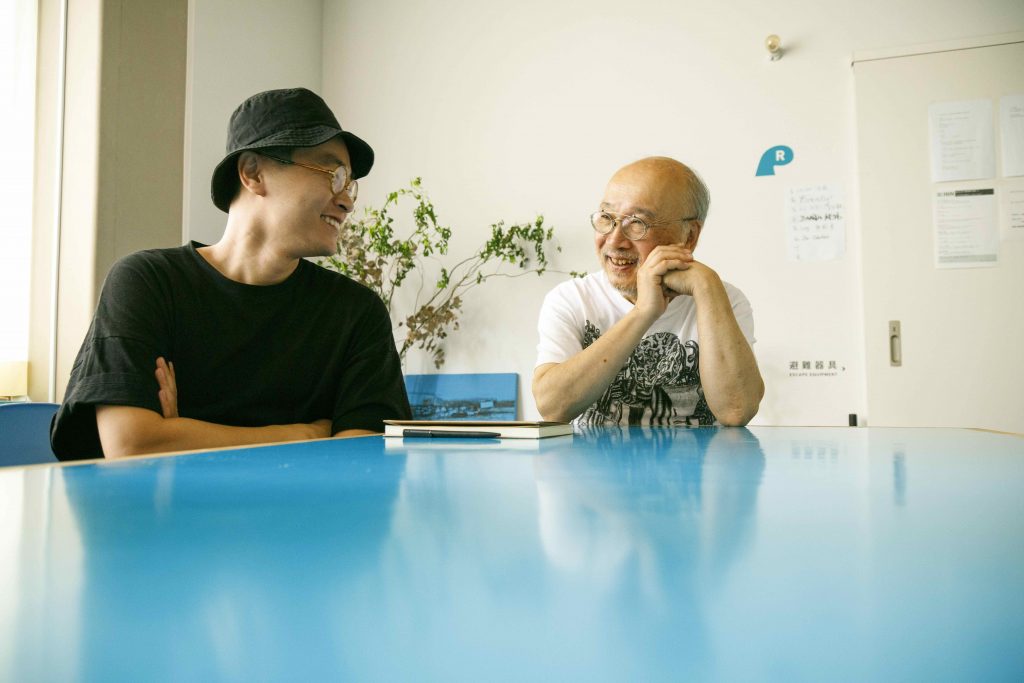
Liu : "How do you solve the problems in front of you when you can't speak the same language? The fact that everyone was living together, writing things down on paper and using gestures, was like a beautiful stage in itself."
Sato : "We will continue this workshop next year and beyond, and also launch a follow-up project aimed at creating future works. We need to finalize the content and start accepting applications as soon as possible. We have dozens of young people waiting in China just for this recruitment."